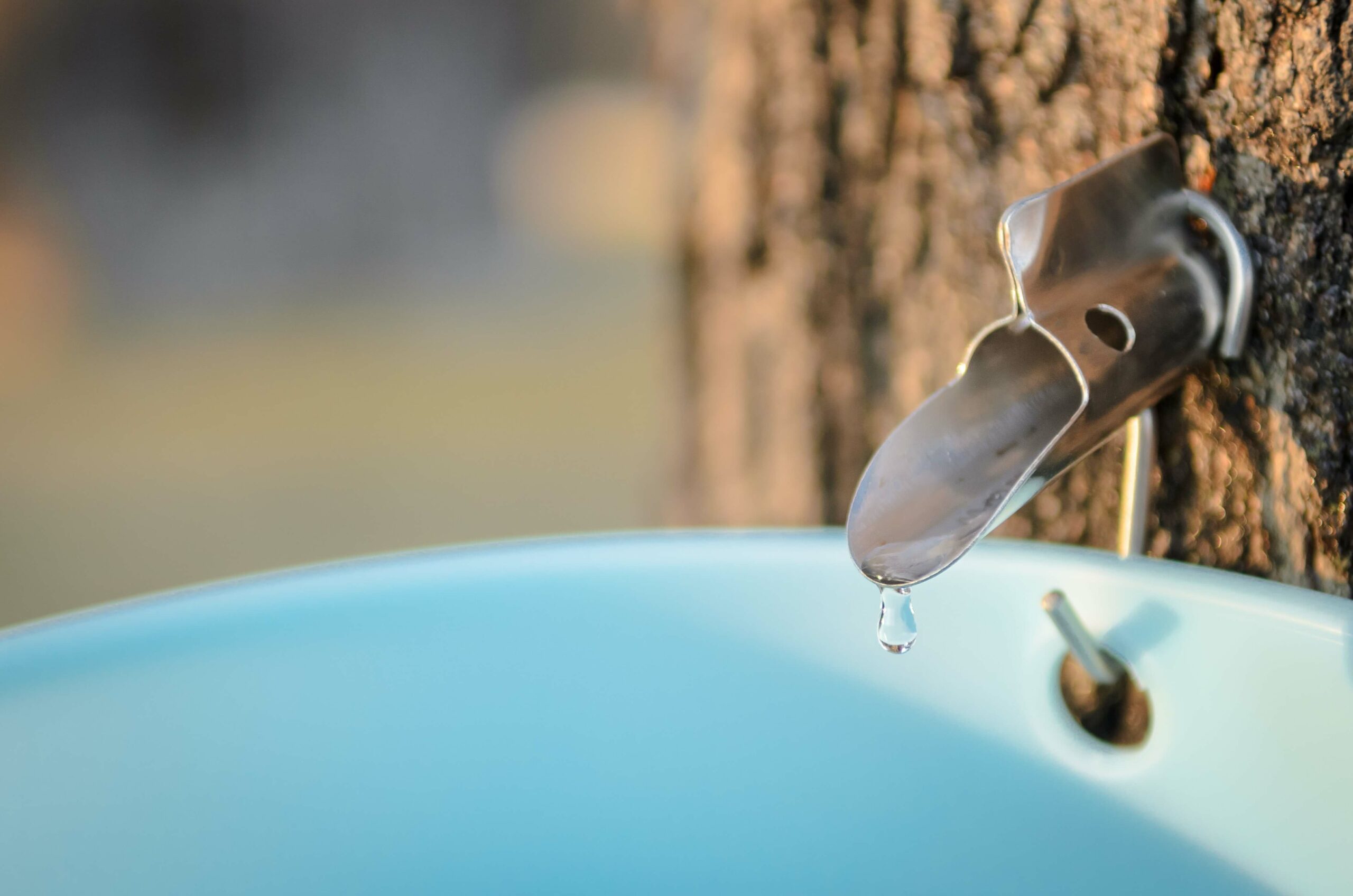Here at Jessica’s Natural Foods, we pride ourselves on recognizing the impact producing our granola has on the planet.
We care deeply about our environment and that is why we have invested our resources in sourcing earth-friendly ingredients including ingredients from farmers that use regenerative and biodiverse agricultural practices.
Regenerative agriculture
Regenerative agriculture pertains to a conservation and rehabilitation approach to food and farming systems. It focuses on topsoil regeneration, increasing biodiversity, improving the water cycle, enhancing ecosystem services, increasing resilience to climate change, and strengthening the health and vitality of farm soil. Regenerative and biodiverse agriculture helps mitigate climate change through carbon dioxide removal, it draws carbon from the atmosphere and sequesters it in the soil.
Our handpicked suppliers are at the forefront of innovating new ways farming can have a positive impact on our planet and by reinventing methods food is produced, processed, and distributed.
Organic OATS
MGM, our certified organic and gluten-free oat supplier, works with many organic growers that use numerous agriculture practices such as minimizing soil disturbances, maximizing crop diversity, and non-pesticide use to help maintain soil health. Many of their organic growers use intercropping (2 crops grown in one field). Additionally, many farms have implemented “no till” to maintain soil health.
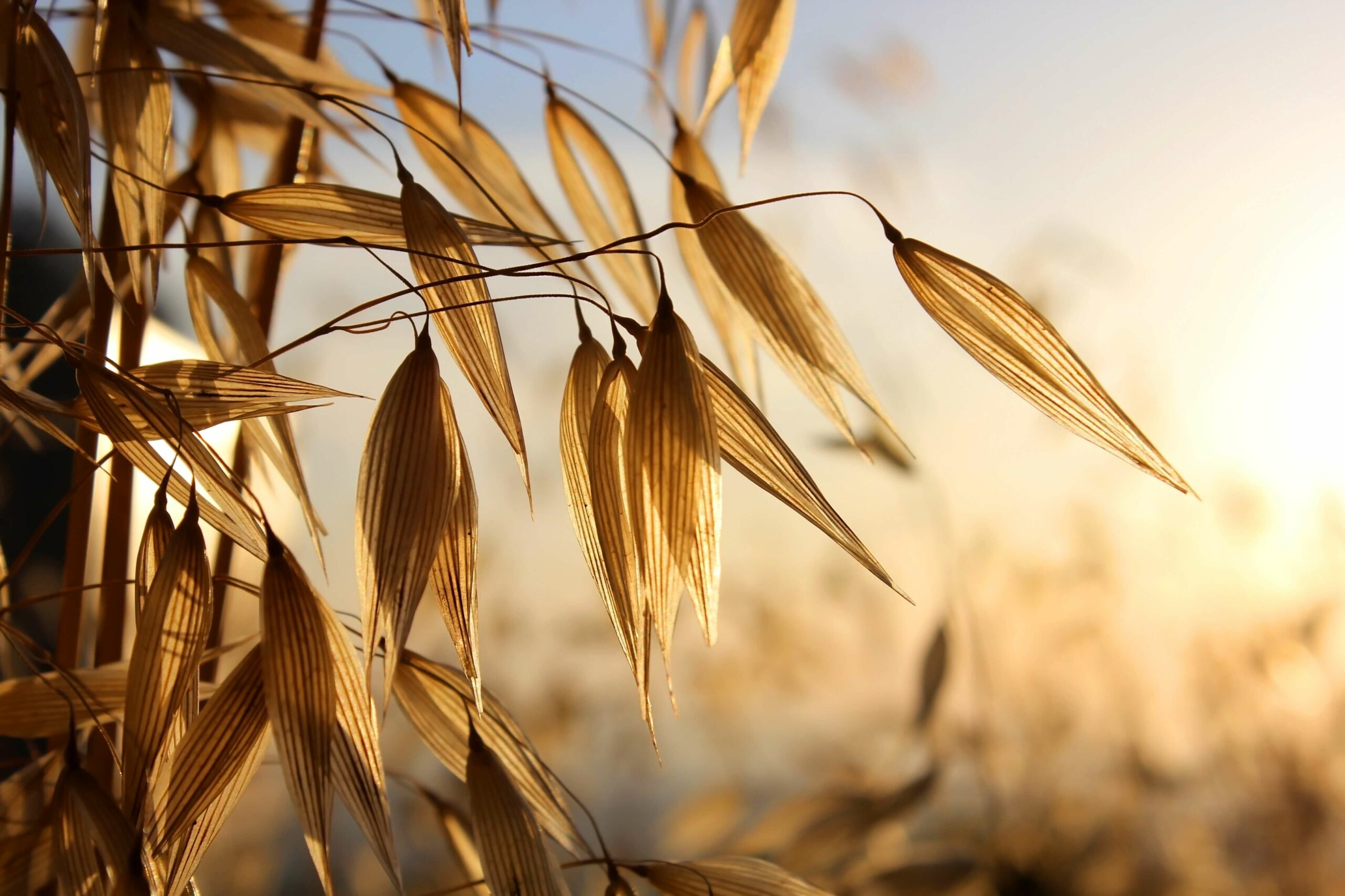
Organic honey
Our organic honey supplier has beneficially increased bee populations which helps improve biodiversity, economic stability, and global security. Commercial beekeeping provides self-employment opportunities to impoverished areas due to the low cost of startup.
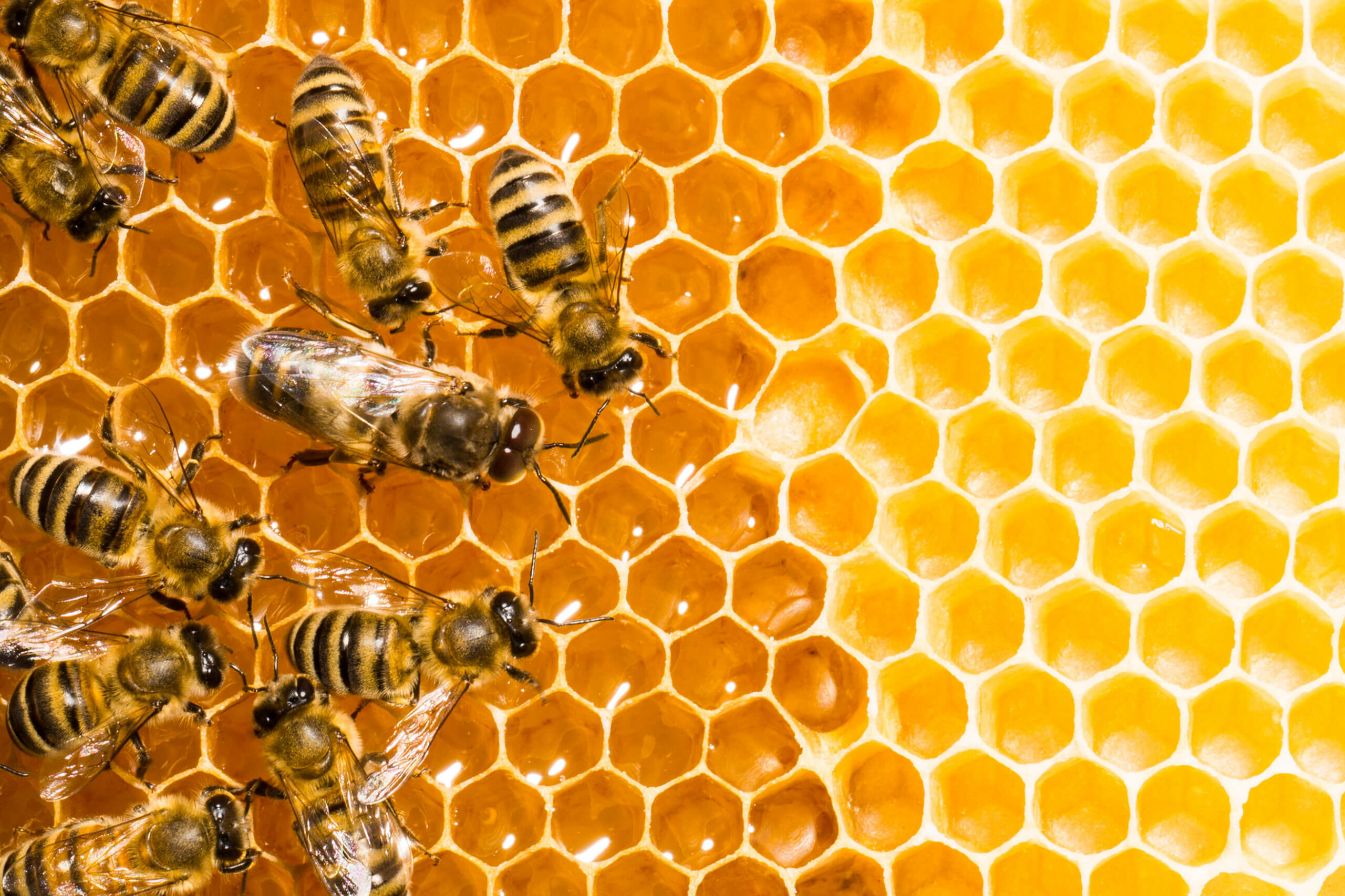
Organic coconut
Our organic coconut comes from Phildesco, their products are organic and fairtrade certified to ensure local ecosystems are not damaged by harsh pesticides and herbicides. The non-use of pesticides and inorganic fertilizers results in elevated levels of biodiversity and soils rich in beneficial microorganisms.
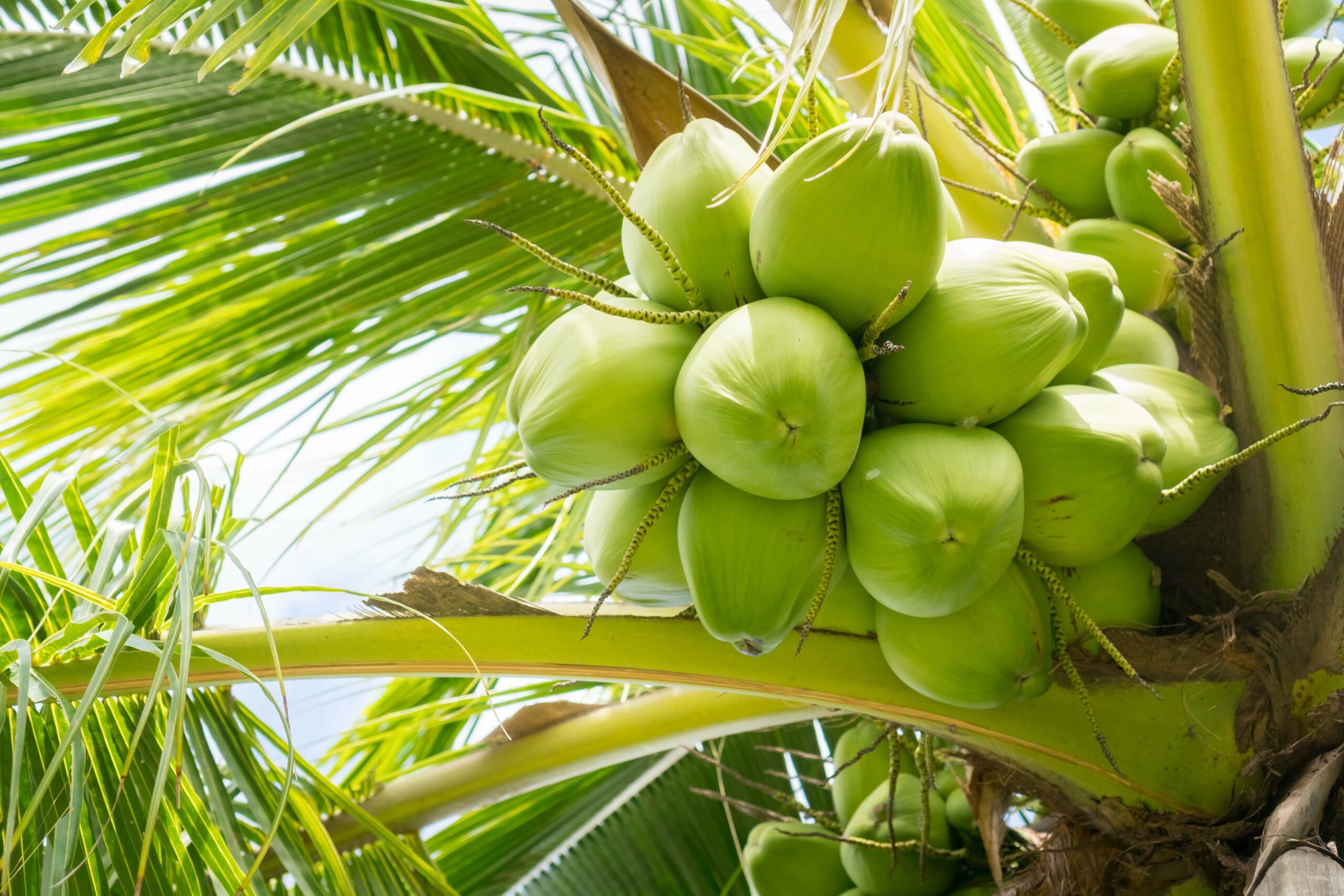
Almonds
More than 90% of Blue Diamond almond orchards use efficient micro-irrigation systems. That is nearly twice the average found in most California crops. They also have cover crops on more than 9,000 acres which benefits bees. An added benefit of these plants is increased soil organic matter.
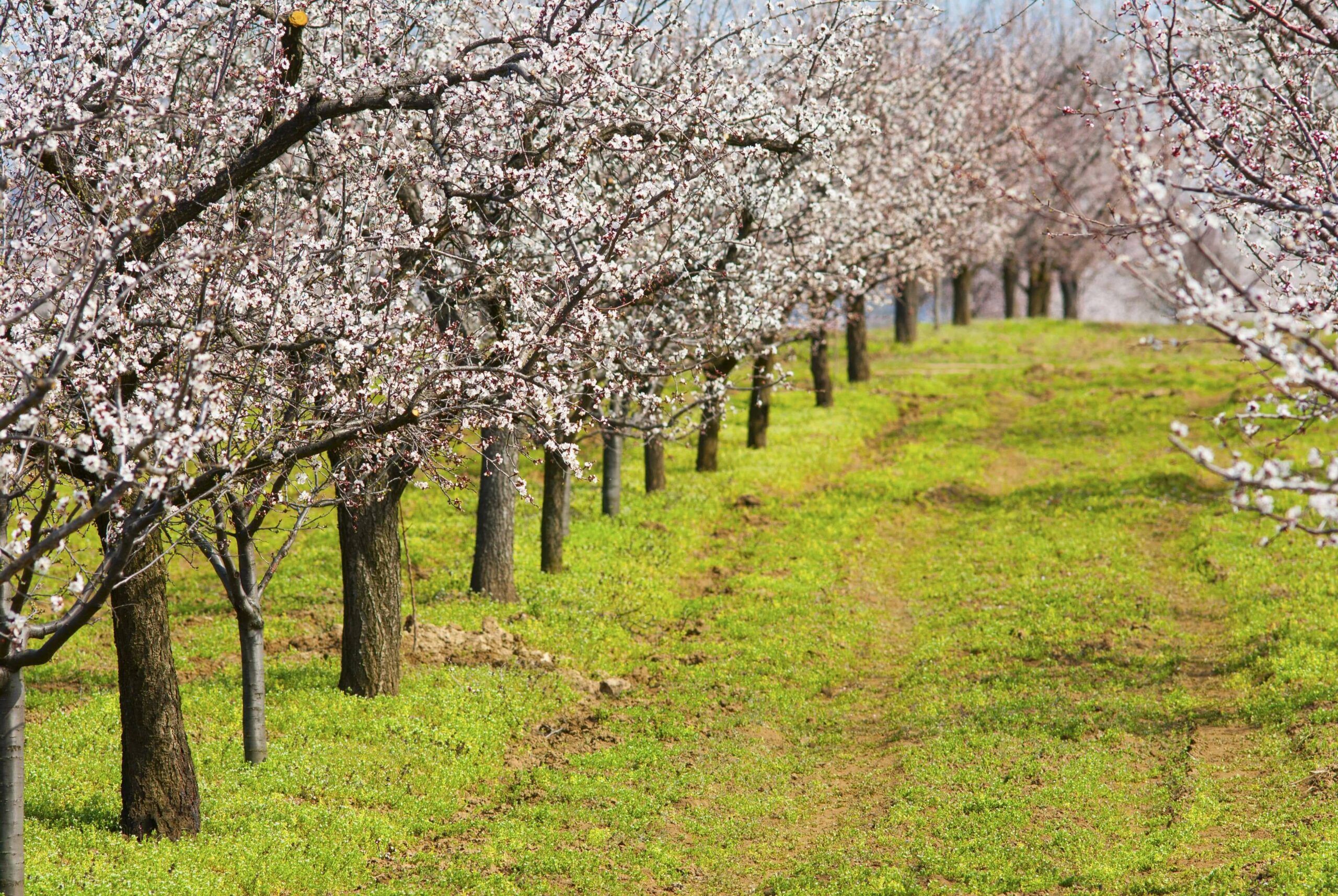
Maple Syrup
We purchase our maple syrup from a 7th generation family farm. The maple sap is harvested from existing forested land from “wild” trees; as such, there naturally exists native biodiversity within sugarbushes. They also invest in their own biodiversity standards through audits, consultations, and conservation committees.
